Supporting Women’s Participation in Developing A Seaweed Supply Chain in Kiribati for Health and Nutrition
Abstract
1. Introduction
2. Materials and Methods
2.1. Location
2.2. Training Workshops
2.3. Recruitment of Participants
2.4. Data Collection
2.5. Analysis
3. Results
3.1. Demographic Characteristics
3.2. Interest and Motivations for Involvement in the Seaweed Food Supply Chain
“The training program was useful when we were able to go to the field and take part with the practical exercise. Watching the Samoan women allowed me to learn and remember the know-how. They show me it is so easy.”[Workshop 1 Participant 7, age 35]
“I request some training and skills on how to market seaweed, what business things need to be planned for before marketing.”[Workshop 1 Participant 2; age 39]
“If I can go to collect seaweed with someone, I will feel safer, so maybe I will go with my niece or neighbour.”[Workshop 1 Participant 21; age 54]
“We need awareness and promotion on the radio on the importance of eating sea grapes for your health.”[Workshop 2 Participant 8; age 39]
3.3. Barriers and Obstacles to Involvement in the Seaweed Food Supply Chain
3.4. Expectations and Benefits From Involvement in the Seaweed Food Supply Chain
“I will be popular, and when I share my new skills it will join the community together, some neighbours are shy so we can include them to join in. And it will mean food for health, for all.”[Workshop 1 Participant 4, age 45]
“We get what our body needs from the seaweed, all the health and nutrition. Vegetables from the store are very expensive, so collecting seaweed will save us money.”[Workshop 1, Participant 24, age 45]
4. Discussion
5. Conclusions
Author Contributions
Funding
Acknowledgments
Conflicts of Interest
References
- Weir, T.; Pittock, J. Human dimensions of environmental change in small island developing states: Some common themes. Reg. Environ. Chang. 2017, 17, 949–958. [Google Scholar] [CrossRef]
- Haddad, L.; Cameron, L.; Barnett, I. The double burden of malnutrition in SE Asia and the Pacific: Priorities, policies and politics. Health Policy Plan. 2015, 30, 1193–1206. [Google Scholar] [CrossRef] [PubMed]
- Peng, W.; Berry, E. Global nutrition 1990–2015: A shrinking hungry, and expanding fat world. PLoS ONE 2018, 13, e0194821. [Google Scholar] [CrossRef] [PubMed]
- Charlton, K.E.; Russell, J.; Gorman, E.; Hanich, Q.; Delisle, A.; Campbell, B.; Bell, J. Fish, food security and health in Pacific Island countries and territories: A systematic literature review. BMC Public Health 2016, 16, 285. [Google Scholar] [CrossRef] [PubMed]
- Abarca-Gómez, L.; Abdeen, Z.A.; Hamid, Z.A.; Abu-Rmeileh, N.M.; Acosta-Cazares, B.; Acuin, C.; Adams, R.J.; Aekplakorn, W.; Afsana, K.; Aguilar-Salinas, C.A.; et al. Worldwide trends in body-mass index, underweight, overweight, and obesity from 1975 to 2016: A pooled analysis of 2416 population-based measurement studies in 128.9 million children, adolescents, and adults. Lancet 2017, 390, 2627–2642. [Google Scholar] [CrossRef]
- Snowdon, W.; Raj, A.; Reeve, E.; Guerrero, R.; Fesaitu, J.; Cateine, K.; Guignet, C. Processed foods available in the Pacific Islands. Glob. Health 2013, 9, 53. [Google Scholar] [CrossRef]
- FAO. FAOStat: Kiribati. Available online: http://www.fao.org/faostat/en/#country/83 (accessed on 10 February 2020).
- Bank, T.W. GDP per Capita, PPP (Current International $). Available online: https://data.worldbank.org/indicator/NY.GDP.PCAP.PP.CD (accessed on 21 April 2019).
- Santos, J.; McKenzie, B.; Trieu, K.; Farnbach, S.; Johnson, C.; Schultz, J.; Thow, A.M.; Snowdon, W.; Bell, C.; Webster, J. Contribution of fat, sugar and salt to diets in the Pacific Islands: A systematic review. Public Health Nutr. 2019, 22, 1858–1871. [Google Scholar] [CrossRef]
- Eme, P.; Burlingame, B.; Douwes, J.; Kim, N.; Foliaki, S. Quantitative estimates of dietary intake in households of South Tarawa, Kiribati. Asia Pac. J. Clin. Nutr. 2019, 28, 131–138. [Google Scholar]
- Lowitt, K.; Ville, A.; Lewis, P.; Hickey, G. Environmental change and food security: The special case of small island developing states. Reg. Environ. Chang. 2015, 17, 1293–1298. [Google Scholar] [CrossRef]
- Collaborators, G.D. Health effects of dietary risks in 195 countries, 1990–2017: A systematic analysis for the Global Burden of Disease Study 2017. Lancet 2019, 393, 1958–1972. [Google Scholar]
- Horsey, B.; Swanepoel, L.; Underhill, S.; Aliakbari, J.; Burkhart, S. Dietary diversity of an adult Solomon Islands population. Nutrients 2019, 11, 1622. [Google Scholar] [CrossRef] [PubMed]
- Nestle, M.; Wing, R.; Birch, L.; DiSogra, L.; Drewnowski, A.; Middleton, S.; Sigman-Grant, M.; Sobal, J.; Winston, M.; Economos, C. Behavioural and social influences on food choice. Nutr. Rev. 1998, 56, 50–74. [Google Scholar] [CrossRef]
- Pickering, T. Advances in Seaweed Aquaculture among Pacific Island Countries. J. Appl. Phycol. 2006, 18, 227–234. [Google Scholar] [CrossRef]
- Larson, S.; Stoeckl, N.; Fachry, M.; Mustafa, D.; Lapong, I.; Paul, N.; Rimmer, M. Socio-Economic Benefits for Women from Community-Scale Processing of Established Seaweed Species; Australian Centre for International Agricultural Research: Canberra, Australia, 2018.
- Macartain, P.; Gill, C.; Brooks, M.; Campbell, R.; Rowland, I. Nutritional Value of Edible Seaweeds. Nutr. Rev. 2007, 65, 535–543. [Google Scholar] [CrossRef]
- Wells, M.; Potin, P.; Craigie, J.; Raven, J.; Merchant, S.; Helliwell, K.; Smith, A.G.; Camire, M.; Brawley, S. Algae as nutritional and functional food sources: Revisiting our understanding. J. Appl. Phycol. 2017, 29, 949–982. [Google Scholar] [CrossRef] [PubMed]
- Malak-Rawlikowska, A.; Majewski, E.; Wąs, A.; Borgen, S.; Csillag, P.; Donati, M.; Freeman, R.; Hoàng, V.; Lecoeur, J.; Mancini, M.; et al. Measuring the Economic, Environmental, and Social Sustainability of Short Food Supply Chains. Sustainability 2019, 11, 4004. [Google Scholar] [CrossRef]
- Luxton, D.; Luxton, P. Development of commercial Kappaphycus production in the Line Islands, Central Pacific. Hydrobiologia 1999, 398, 477–486. [Google Scholar] [CrossRef]
- Review, W.P. Kiribati Population. Available online: http://worldpopulationreview.com/countries/kiribati-population/ (accessed on 14 January 2020).
- Services, C. Republic of Kiribati. Available online: http://asiapacific.anu.edu.au/mapsonline/base-maps/republic-kiribati (accessed on 14 January 2020).
- Paul, N.; Wegner, A.; Tuart, I.; Tamuera, K.; Teata, T.; Tioti, T.; Tanielu, E. Biochemical Database and Product Sheets for Seaweeds from Fiji, Samoa and Kiribati; University of the Sunshine Coast: Queensland, Australia, 2020. [Google Scholar] [CrossRef]
- Pamphilon, B. The Farmer-to-Farmer Adult Learning Manual: A Process and Resources for the Development of Farmers as Peer Educators; ACIAR Monograph No. 198; Australian Centre for International Agricultural Research: Canberra, Australia, 2017; p. 53.
- Sahal Estimé, M.; Strobel, F. Trade as a structural driver of dietary risk factors for noncommunicable diseases in the Pacific: An analysis of household income and expenditure survey data. Glob. Health 2014, 10, 48. [Google Scholar] [CrossRef]
- Periyasamy, C.; Anantharaman, P.; Balasubramanian, T. Social upliftment of coastal fisher women through seaweed (Kappaphycus alvarezii (Doty) Doty) farming in Tamil Nadu, India. J. Appl. Phycol. 2014, 26, 775–781. [Google Scholar] [CrossRef]
- Sopamena, J.; Pattiselanno, A. Tnyafar: Women, Livelihoods Strategy in Selaru Island, West Southeast Maluku District. Int. J. Environ. Agric. Biotechnol. 2018, 3, 1685–1690. [Google Scholar] [CrossRef]
- Eranza, D.; Alin, J.; Bahron, A.; Mahmud, R. Determinants of Women’s Participation in Seaweed Farming in the Regency of Jeneponto, South Sulawesi, Indonesia. Mediterr. J. Soc. Sci. 2015, 6, S5. [Google Scholar]
- Mahadevan, K. Seaweeds—A sustainable food source. In Seaweed Sustainability: Food and Non Food Applications; Tiwari, B., Troy, D., Eds.; Academic Press: Cambridge, MA, USA, 2015. [Google Scholar] [CrossRef]
- FAO. Regional Overview of Food Insecurity Asia and the Pacific: Towards a Food Secure Asia and the Pacific; FAO: Bangkok, UK, 2015. [Google Scholar]
- Connell, J. Food security in the island Pacific: Is Micronesia as far away as ever? Reg. Environ. Chang. 2014, 15, 1299–1311. [Google Scholar] [CrossRef]
- FAO. Promotion of fruit and vegetables for health: Report of the Pacific Regional Workshop; FAO: Rome, Italy, 2015. [Google Scholar]
- Simoni, J.M.; Franks, J.C.; Lehavot, K.; Yard, S.S. Peer interventions to promote health: Conceptual considerations. Am. J. Orthopsychiatry 2011, 81, 351–359. [Google Scholar] [CrossRef] [PubMed]
- Lawn, S.; Battersby, M.W.; Pols, R.G.; Lawrence, J.; Parry, T.; Urukalo, M. The mental health expert patient: Findingd from a pilot study of a generic chronic condition self-management programme for people with mental illness. Int. J. Soc. Psychiatry 2007, 53, 63–74. [Google Scholar] [CrossRef]
- Glasson, C.; Chapman, K.; Gander, K.; Wilson, T.; James, E. The efficacy of a brief, peer-led nutrition education intervention in increasing fruit and vegetable consumption: A wait-list, community-based randomised controlled trial. Public Health Nutr. 2012, 15, 1318–1326. [Google Scholar] [CrossRef]
- Goldfinger, J.Z.; Arniella, G.; Wylie-Rosett, J.; Horowitz, C.R. Project HEAL: Peer education leads to weight loss in Harlem. J. Health Care Poor Underserved 2008, 19, 180–192. [Google Scholar] [CrossRef]
- Davies, J.A.; Damani, P.; Margetts, B.M. Intervening to change the diets of low-income women. Proc. Nutr. Soc. 2009, 68, 210–215. [Google Scholar] [CrossRef][Green Version]
- Morris, C.; Bala, S.; South, G.; Lako, J.; Lober, M.; Simos, T. Supply chain and marketing of sea grapes, Caulerpa racemosa (Forsskål) J. Agardh (Chlorophyta: Caulerpaceae) in Fiji, Samoa and Tonga. J. Appl. Phycol. 2014, 26, 783–789. [Google Scholar] [CrossRef][Green Version]
- South, G.R. Edible seaweeds of Fiji: An ethnobotanical study. Bot. Mar. 1993, 36, 335–350. [Google Scholar] [CrossRef]
- Eme, P.; Douwes, J.; Kim, N.; Foliaki, S.; Burlingame, B. Review of Methodologies for Assessing Sustainable Diets and Potential for Development of Harmonised Indicators. Int. J. Environ. Res. Public Health 2019, 16, 1184. [Google Scholar] [CrossRef]
- Fanzo, J. Healthy and Sustainable Diets and Food Systems: The Key to Achieving Sustainable Development Goal 2? Food Ethics 2019, 4, 159–174. [Google Scholar] [CrossRef]
- Kabeer, N. Resources, agency, achievements: Reflections on the measurement of women’s empowerment. Dev. Chang. 1999, 30, 435–464. [Google Scholar] [CrossRef]
- Laven, A.; van Eerdewijk, A.; Senders, A.; van Wees, C.; Snelde, R. Gender in Value Chains Emerging Lessons and Questions; Working Paper; Agri-ProFocus: Utrecht, The Netherlands, 2009. [Google Scholar]
- Bank, T.W. DataBank: World Development Indicators. Available online: https://databank.worldbank.org/source/world-development-indicators (accessed on 9 February 2020).
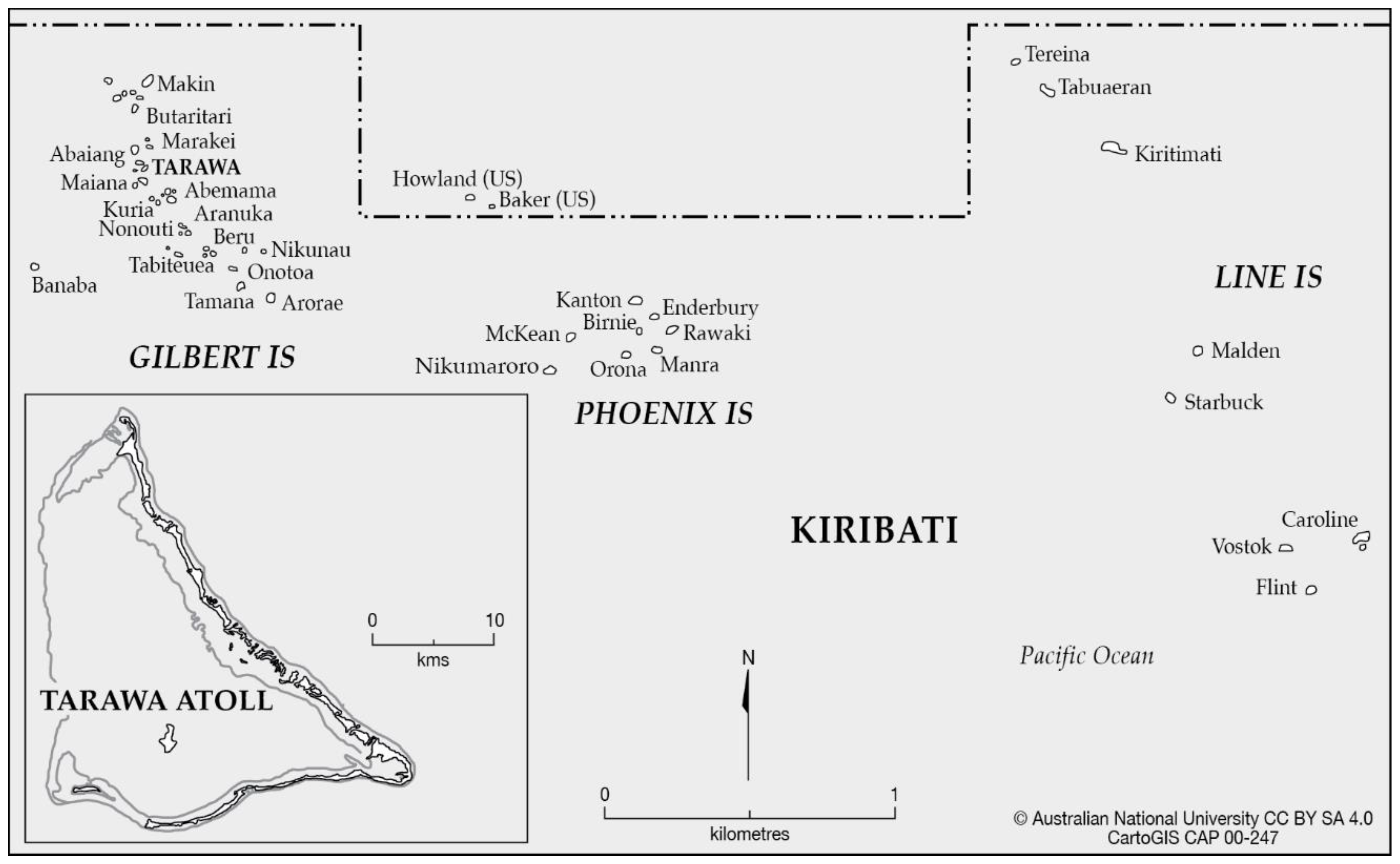
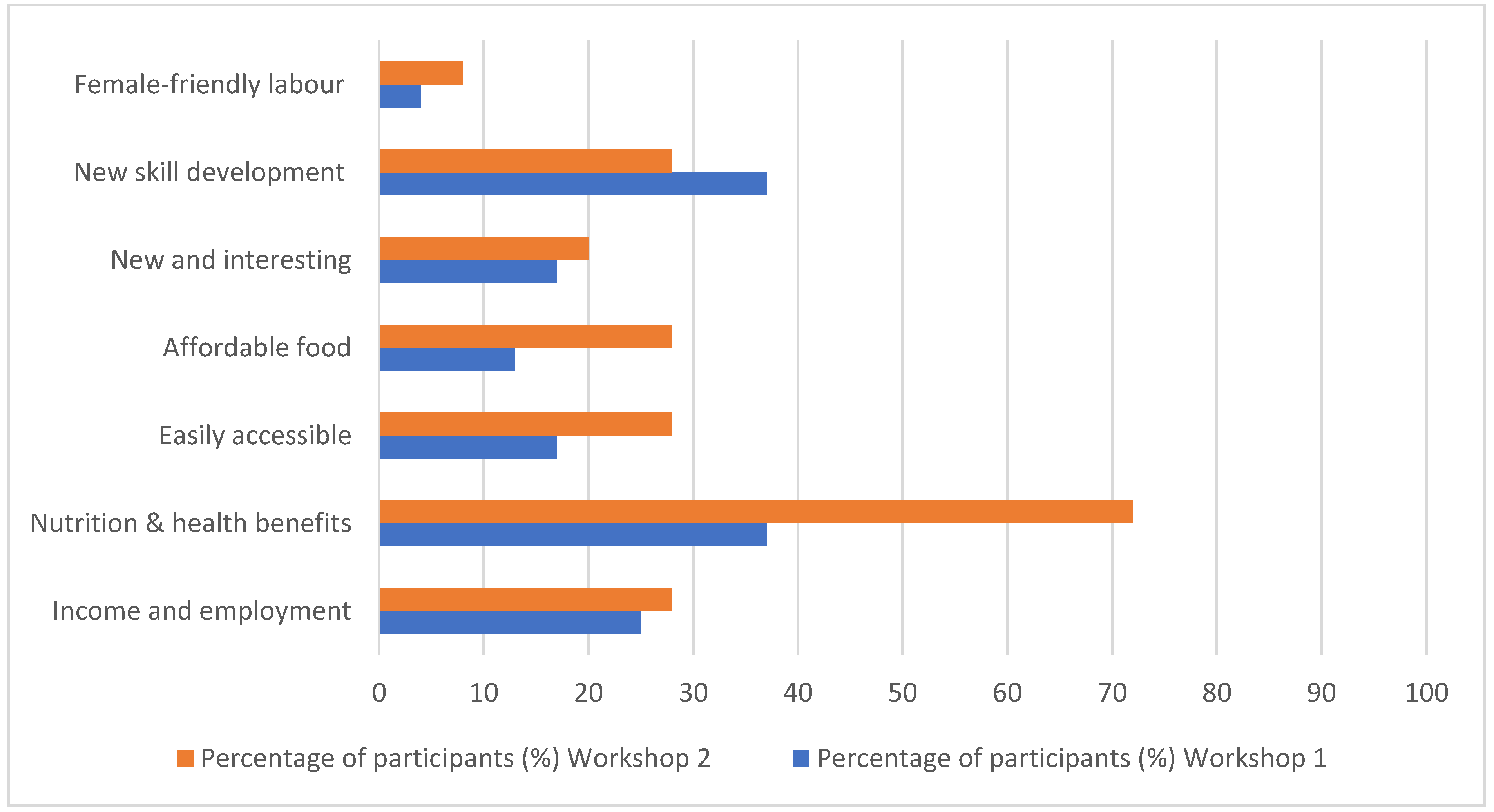
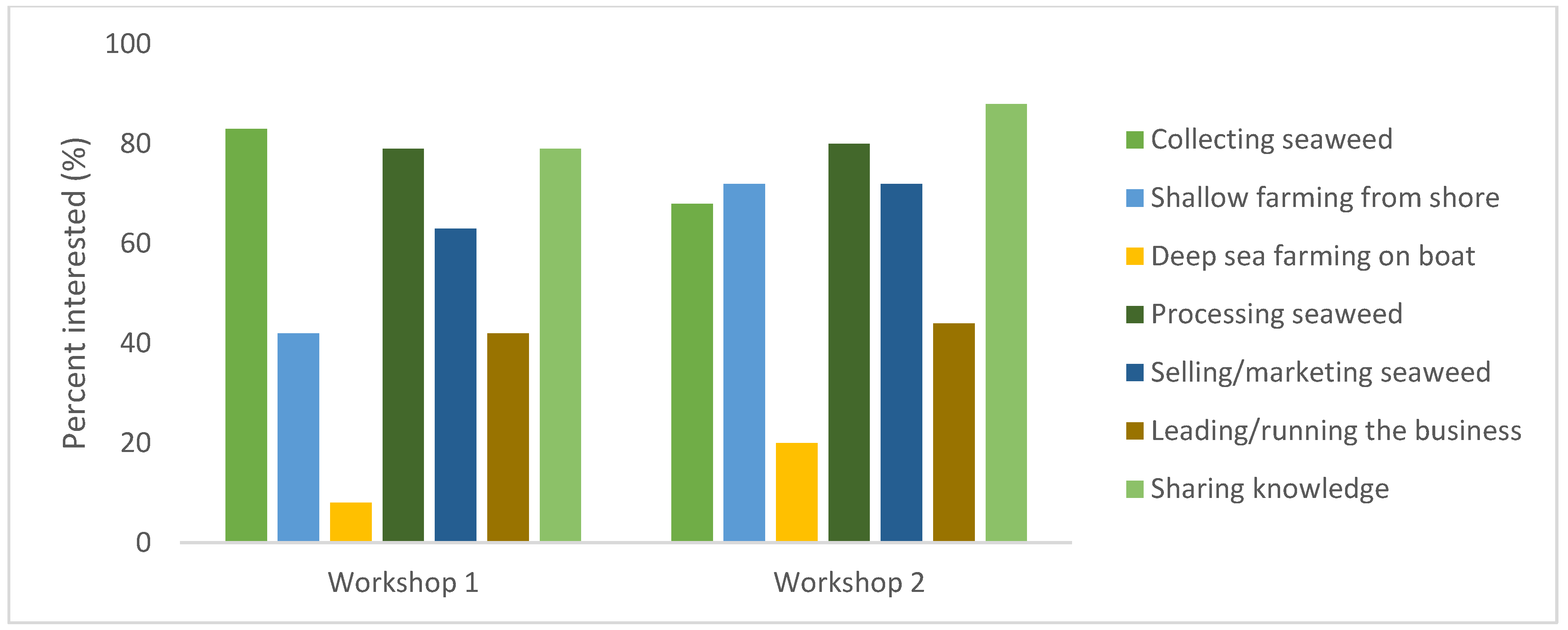
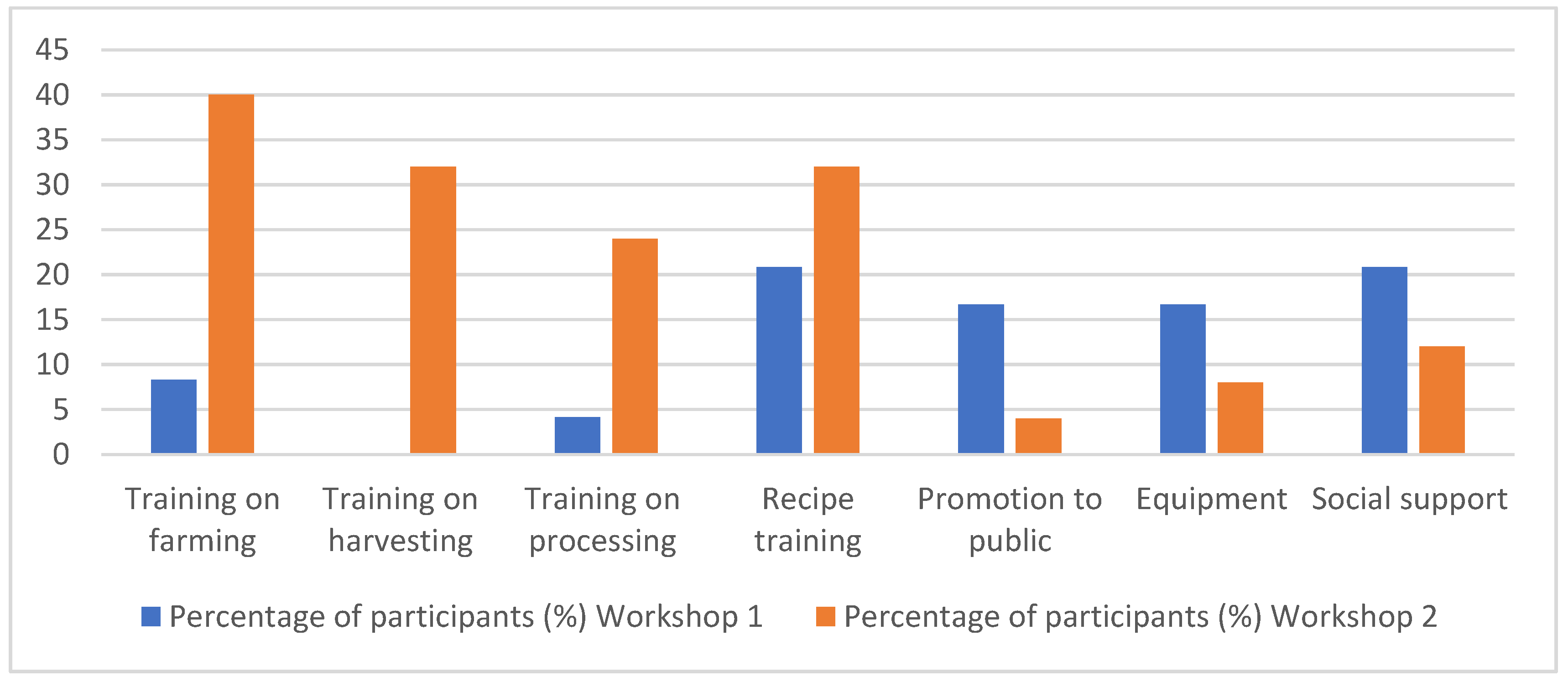
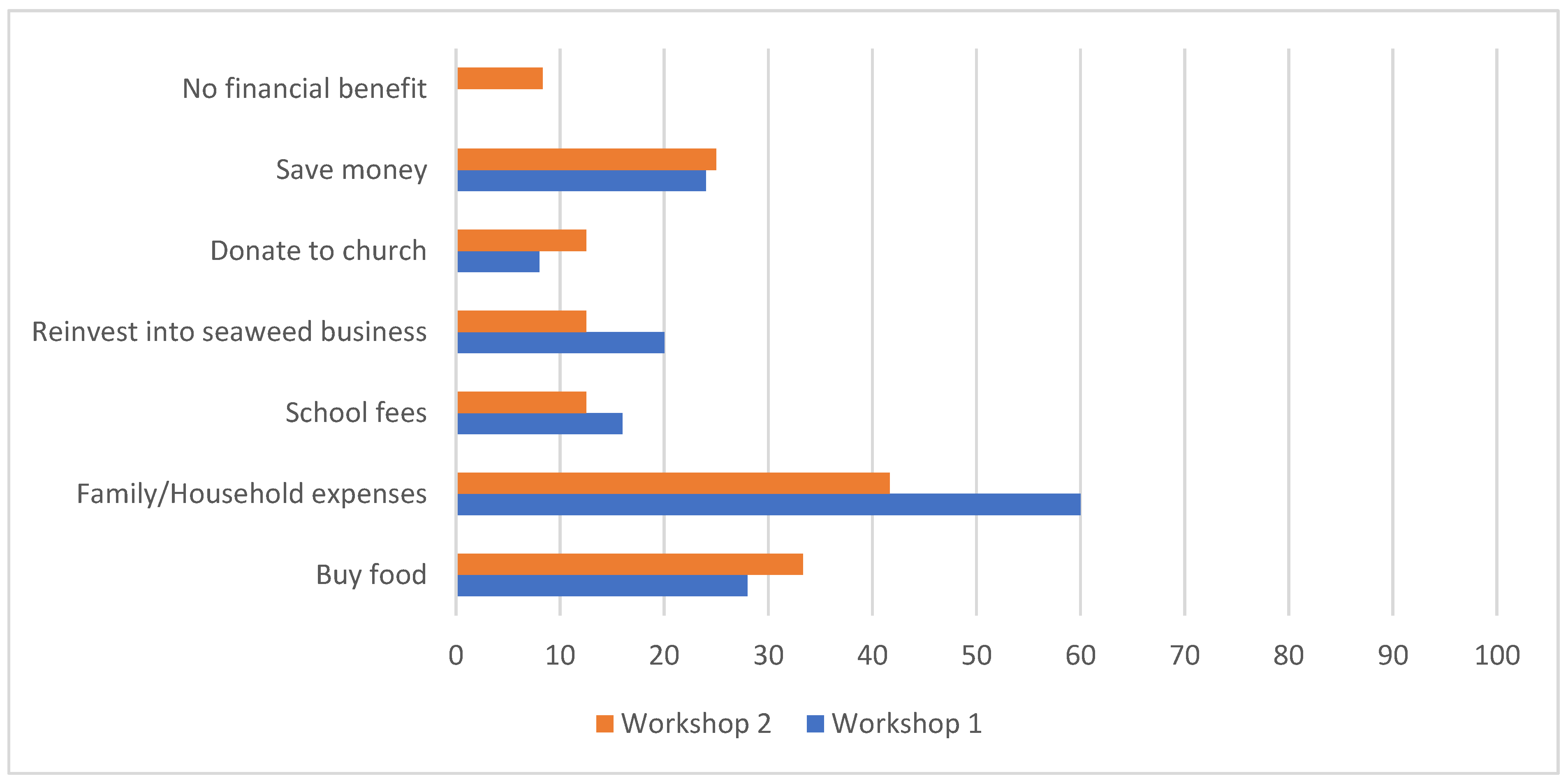
| Seaweed | Caulerpa | Kappaphycus | Acanthophora |
|---|---|---|---|
| Taxonomy | Green seaweed, C. racemosa and C. chemnitzia | Red seaweed, K. alvarezii | Red seaweed, A. spicifera |
| Source | Reef flat and crest, South Tarawa | Farmed, Tabuaeran (Fanning Island) | Reef flat, South Tarawa |
| Key features | Sea grapes, consumed fresh | Carrageenan gel, thickener | Agar gel, thickener |
| Seaweed form | 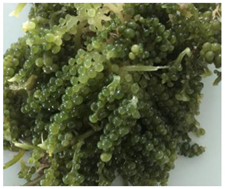 | 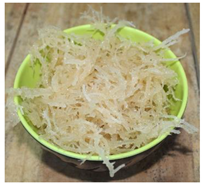 | 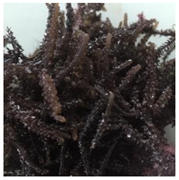 |
| Product example | Sea grape salad | Kappaphycus tuna balls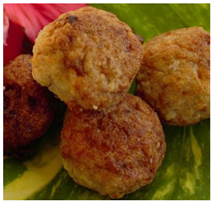 | Acanthophora papaya jam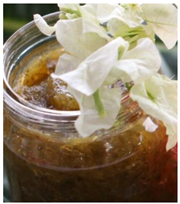 |
| Characteristics | Workshop 1 (n = 24) | Workshop 2 (n = 25) |
|---|---|---|
| Age mean (± SD) | 47 (±11.41) | 38 (±10.44) |
| Gender n (%) | - | - |
| Male | 0 (0) | 0(0) |
| Female | 24 (100) | 25 (100) |
| Marriage n (%) | - | - |
| Yes | 18 (75) | 22 (88) |
| No | 0 (0) | 2 (8) |
| Not anymore | 6 (25) | 1 (4) |
| Children mean (±SD) | 3.75 (±2.11) | 3.17 (±1.69) |
| Household size mean (±SD) | 6.42 (±4.11) | 9.72 (±6.96) |
| Source of income n (%) | - | - |
| Fishing | 2 (8) | 5 (20) |
| Business | 14 (58) | 6 (24) |
| Government | 6 (25) | 12 (48) |
| Remittance | 3 (12.5) | 2 (8) |
| Other | 12 (50) | 17 (68) |
| Attended 2018 workshop n (%) | 24 (100) | 6 (24) |
© 2020 by the authors. Licensee MDPI, Basel, Switzerland. This article is an open access article distributed under the terms and conditions of the Creative Commons Attribution (CC BY) license (http://creativecommons.org/licenses/by/4.0/).
Share and Cite
Swanepoel, L.; Tioti, T.; Eria, T.; Tamuera, K.; Tiitii, U.; Larson, S.; Paul, N. Supporting Women’s Participation in Developing A Seaweed Supply Chain in Kiribati for Health and Nutrition. Foods 2020, 9, 382. https://doi.org/10.3390/foods9040382
Swanepoel L, Tioti T, Eria T, Tamuera K, Tiitii U, Larson S, Paul N. Supporting Women’s Participation in Developing A Seaweed Supply Chain in Kiribati for Health and Nutrition. Foods. 2020; 9(4):382. https://doi.org/10.3390/foods9040382
Chicago/Turabian StyleSwanepoel, Libby, Tereere Tioti, Taati Eria, Karibanang Tamuera, Ulusapeti Tiitii, Silva Larson, and Nicholas Paul. 2020. "Supporting Women’s Participation in Developing A Seaweed Supply Chain in Kiribati for Health and Nutrition" Foods 9, no. 4: 382. https://doi.org/10.3390/foods9040382
APA StyleSwanepoel, L., Tioti, T., Eria, T., Tamuera, K., Tiitii, U., Larson, S., & Paul, N. (2020). Supporting Women’s Participation in Developing A Seaweed Supply Chain in Kiribati for Health and Nutrition. Foods, 9(4), 382. https://doi.org/10.3390/foods9040382






